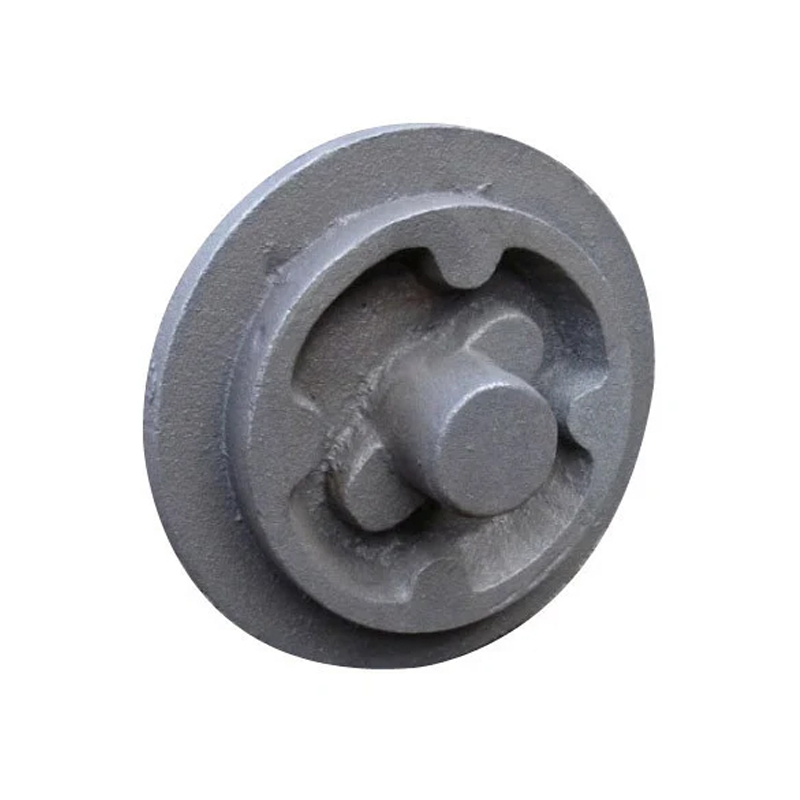Casting risers role and chillers in ductile iron parts and precautions during design
It is well known that the quality of ductile iron parts is not only related to the materials and processes used, but also deeply affected by the design of its risers and chillers. A good design can not only reduce the risers and improve the quality rate of ductile iron parts, but also directly reduce production costs and promote economic benefits. Therefore, in order to achieve the above effects, we must understand the role of risers and chillers and the issues that need to be paid attention to during the design process!
The role of casting risers
In the process of casting forming, provide metal liquid that needs to be compensated due to volume changes to prevent shrinkage defects in the casting.
The role of chillers
1) Accelerate the cooling rate of the hot section of the casting, so that the casting tends to solidify at the same time, which is conducive to preventing deformation or cracks in the casting, and may reduce segregation.
2) Used in conjunction with risers, the cooling of local areas of castings is accelerated, the conditions for sequential solidification of castings are strengthened, and it is beneficial to riser shrinkage compensation and the expansion of the riser shrinkage compensation range. This is not only beneficial to prevent shrinkage and shrinkage defects in castings, but also may reduce the number or volume of risers and the slope of shrinkage compensation, and improve the process yield of ductile iron castings.
3) Accelerate the cooling rate of certain special parts of castings, in order to achieve the purpose of improving the surface hardness and wear resistance of castings and refining the matrix structure.
4) Place chills in places where it is difficult to set risers or where risers are not easy to compensate for shrinkage, to reduce or prevent shrinkage and shrinkage.
5) For ductile iron, using chills for chilling can increase the temperature gradient on the surface or center of the casting, which is beneficial to improve the utilization of graphitization expansion and improve the shrinkage compensation effect of risers.
The solidification mode of ductile iron is paste solidification. When designing, we consider designing according to this solidification mode, and we also need to do solidification simulation to verify whether the process we designed is correct. Of course, when considering the whole process, we should try to consider the riser and chill as much as possible and consider them together. Therefore, in the design of chill and riser, we must pay attention to the following issues:
The riser must be able to provide enough molten iron to compensate for the shrinkage.
The riser must be functional: the blind riser must have Williams core and air eye, and the open riser must have a heating sleeve.
The riser has a certain shrinkage feeding distance, which depends on the wall thickness and the metallurgical quality of the molten iron. It can be: horizontal shrinkage feeding distance: 10-2 times the section thickness, vertical shrinkage feeding distance: 15-4 times the section thickness.
It is important to realize that ductile iron produces a solid layer when it comes into contact with the mold. This layer (2-3mm) is more important for thin-walled parts than for thick-walled parts.
The chill can never compensate for the shrinkage of the molten iron, it will only transfer this shrinkage to other areas.
The maximum effect of the chill is: half of its thickness or half of the wall thickness, whichever is the smaller.
The section that is chilled will reduce the shrinkage feeding distance of the riser. The “surrounding” part of the riser cannot be chilled. The closer to the riser, the smaller the thickness of the chill.
In the entire design, we should be aware of and get rid of the misunderstanding: the chill only reduces the modulus of the casting, and does not achieve the purpose of shrinkage compensation. Now many people vaguely think that chill can solve shrinkage and think that chill can remove shrinkage. In fact, chill reduces the modulus of the ductile iron part at that place, and shrinkage spreads to other parts.








